What Is Glass Cutting Oil Made of
Glasswork is an incredibly technical art form that involves combining a range of different techniques in order to create unique and stunning art pieces. One of the most important skills for any glass artist to master is glass cutting.
This technique is especially important in fused glass bottles and stained glass crafts, where getting precise edges can make a tremendous difference in the quality of a piece. To achieve a straight cut, you will need a good cutting oil. But what kind of oil is used for cutting glass? In this article, we'll tell you all about it.
What is Glass Cutting Oil?
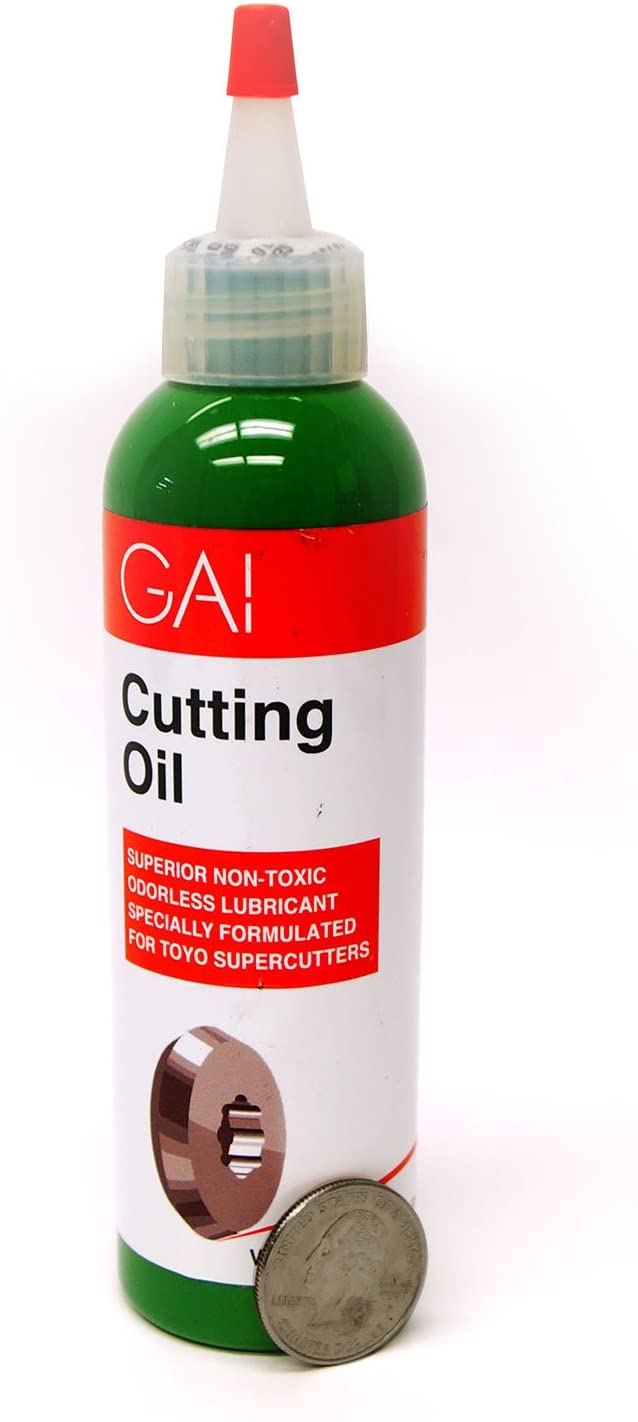
Cutting fluid is a type of coolant and lubricant used in a lot of different metalworking and machining processes. It is used to keep the machine cool and reduce friction, thereby increasing the overall life of the tool and reducing the amount of energy consumed.
In glasswork, cutting fluid is especially important because it produces a cleaner surface edge on the work and also improves the overall accuracy of the cutting process. You can learn all the glass cutting tips you can, but in the end, your results will depend as much on your tools as your overall knowledge.
Typically, glass cutters use one of two types of fluids: a mineral oil or a water-soluble formation. Both of these cutting fluids are simply referred to as glass cutting oil.
Why Use a Cutting Oil?
Although not all glass cutters will require oil to operate, it is important to use one whenever possible. Oil helps to ensure the longevity of the cutter's blade. This is particularly important when it comes to glass because the material already requires an extremely sharp, diamond blade in order to get accurate cuts.
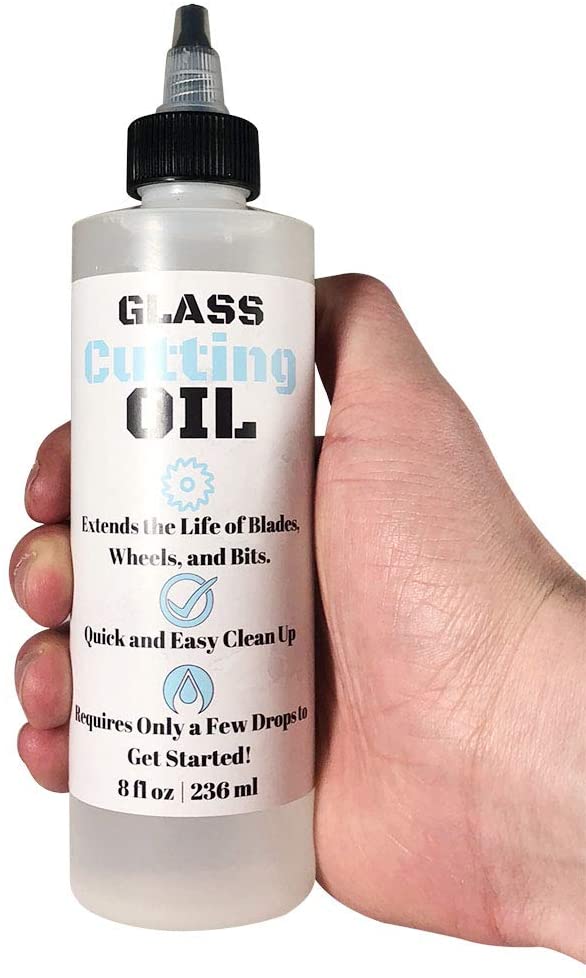
The increased precision and performance afforded by a cutting fluid is also important for safety reasons. Lubricating the cutter ensures that the blade spins freely and smoothly, while also preventing all the small shards of glass from getting stuck in the machine. Ultimately, this will help to prevent accidents and ensure the overall safety of the user.
What Kind of Oil Should I Use?
There are a few options when it comes to oils.
Kerosene:
Traditionally, craftsmen used Kerosene to lubricate glass cutters. This is most likely due to the fact that Kerosene was readily available as fuel for lamps and torches.
Pure kerosene continues to work well as an effective cutting oil. It evaporates well, which helps to minimize the cleaning process and sufficiently lubricate the blade.
The major downside to Kerosene is how thin it is. Although many glass cutters prefer a thinner oil, as these evaporate more readily, Kerosene is often too light and can therefore create problems related to leaking and dissipation. Another disadvantage of using Kerosene is that it has a very strong smell.
White Mineral Oil:
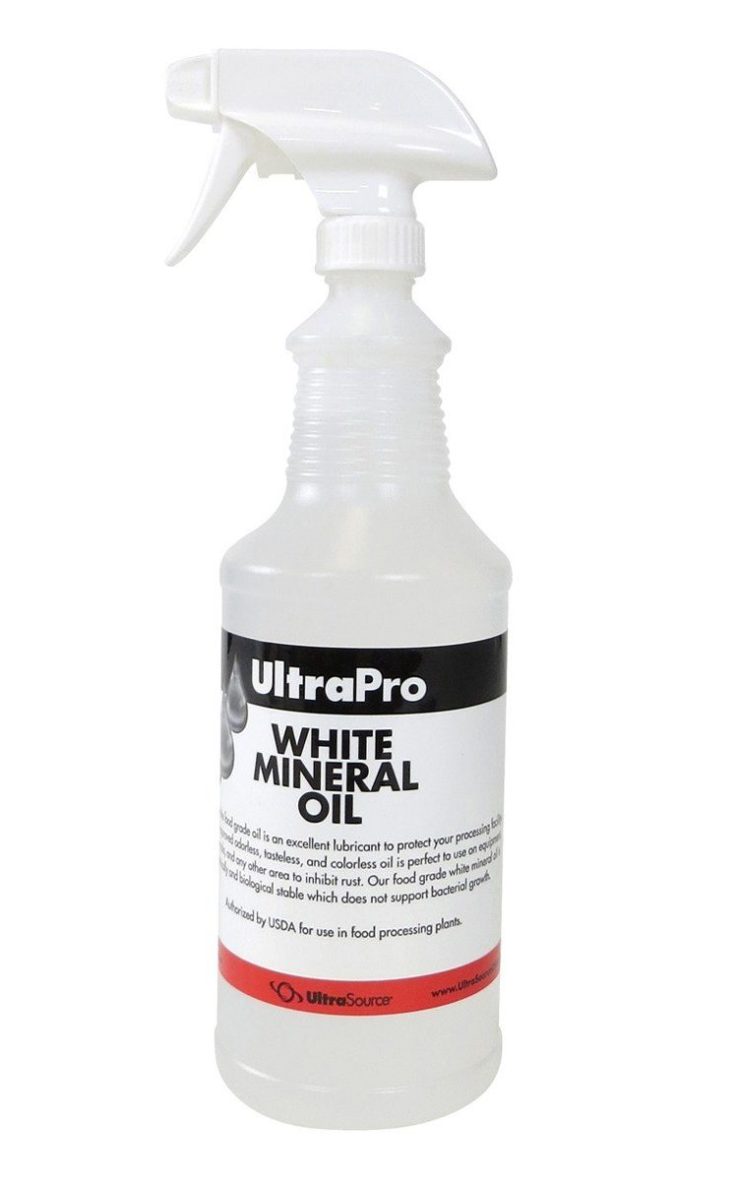
Most commercially available glass cutting oil is sold as "white mineral oil." The term "white mineral oil" is kept intentionally vague, but refers to light petroleum distillates and heavy petroleum distillates. In practice, these products are just an array of lightweight machine oils used to cut glass.
You can't really go wrong with any of these white mineral oil products, as almost all will provide proper lubrication. They are usually reasonably priced and can be purchased with the specific model of your glass cutter in mind to provide the exact viscosity needed.
The issue with these types of oils is simply that they range in viscosity. Sometimes these products are too thick and can negatively impact the performance and movement of the blade. Always perform a small trial run before committing long term to any particular product.
Synthetic lubricant:
There are a number of cutting oils that are not actually made out of oil. Instead, these are synthetically manufactured, water-soluble products that are intended to wash away.
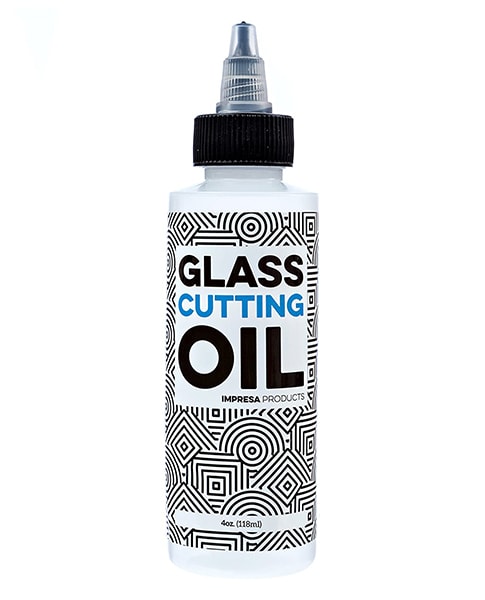
The benefit to synthetic lubricants is that they can be completely washed off, allowing copper foil to stick better when making stained glass. They are also intended to be environmentally friendly as they do not contain any petroleum products.
Other options:
Finally, there are a number of DIY cutting fluid options that you can try. It is possible to use water, vegetable oil, and even WD40.
Although there are accounts of glass artists successfully using all of these DIY options, I would highly recommend against them unless you really find yourself in a bind. Water may appear to lubricate the cutting wheel, but it is not effective as a long term solution for preventing machine wear and cutting accuracy.
Furthermore, vegetable oil is very viscose and will increase the likelihood of gumming up the machine, which largely defeats the purpose of using a lubricant in the first place.
How to Use the Oil
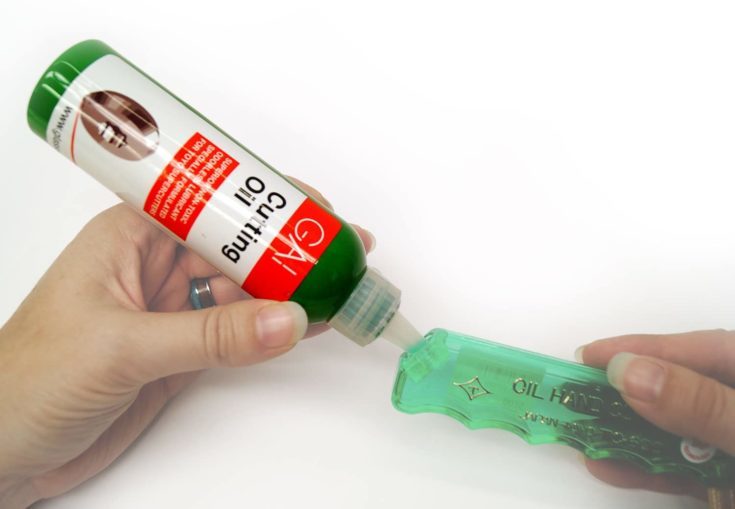
Some glass cutters are self-oiling and have special compartments for pouring the oil into. However, one of the most common methods for using cutting oil is to simply dip the wheel into the oil before scoring. You can also apply a little bit to the blade with a small brush before use.
Conclusion
The type of oil you use for glass scoring depends in part upon your budget and what you are looking for. The best options are specialty mineral oils that are specifically formulated for glass cutters and will ensure you achieve the proper viscosity needed. Synthetic lubricants are also a good option for the environmentally conscious.
It is important to select your cutting oil carefully as a proper lubricant can go a long way in ensuring your own safety, as well as improving the quality of your glasswork.
If you have any questions, be sure to leave a comment below.
What Is Glass Cutting Oil Made of
Source: https://www.mostcraft.com/what-kind-of-oil-for-cutting-glass/
0 Response to "What Is Glass Cutting Oil Made of"
Post a Comment